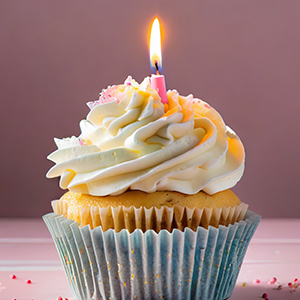What is Personal Information?
Personal information (sometimes referred to as "PI") is the type of information that you would not want a stranger to know. As faculty and staff at UBC, we are entrusted with this type of data every day.
A more formal definition of "personal information" is: “recorded information about an identifiable individual other than business contact information”.
All personal information is a combination of a personal identifier (such as a name, Social Insurance Number, fingerprint, photograph, CWL ID, employee number, or student ID) and a piece of information about that person. For a better understanding, here are some examples:
- "Jane Doe" is not personal information (because it is just a personal identifier; there is no piece of information linked to it)
- "123 Main Street" is not personal information (because it is just a piece of information; there is no personal identifier linked to it)
- "Jane Doe works at 123 Main Street" is not personal information (because it is business contact information)
- "Jane Doe lives at 123 Main Street" is personal information (because it combines a personal identifier - Jane Doe - with another piece of information - her personal address)
Why is it Important to Keep Personal Information Safe?
Would you want strangers to know your birthdate? Your work schedule? Your personal banking details?
At UBC, we are regulated by the Freedom of Information and Protection of Privacy Act (FIPPA), which requires us to protect personal information from unauthorized collection, use, or disclosure.
You may have access to more personal information than you think. Many of the credentials we use daily, such as our CWL ID and password, provide access to a significant amount of sensitive personal information about faculty, staff and students. One small security breach would mean that this information could be in the hands of a hacker.
Threats to personal and other confidential information are continuing to grow but the good news is that there is something you can do about it.

How Can I Help Protect Personal Information?
Keeping personal information safe doesn’t have to be hard.
Here are three easy things you can do to get started:
- Encrypt your computer or mobile devices (more info)
- When sending files, use secure UBC-approved file sharing services such as TeamShare or SharePoint (more info)
- If you don’t need it, delete it. Get rid of any old or unnecessary files from your computer




